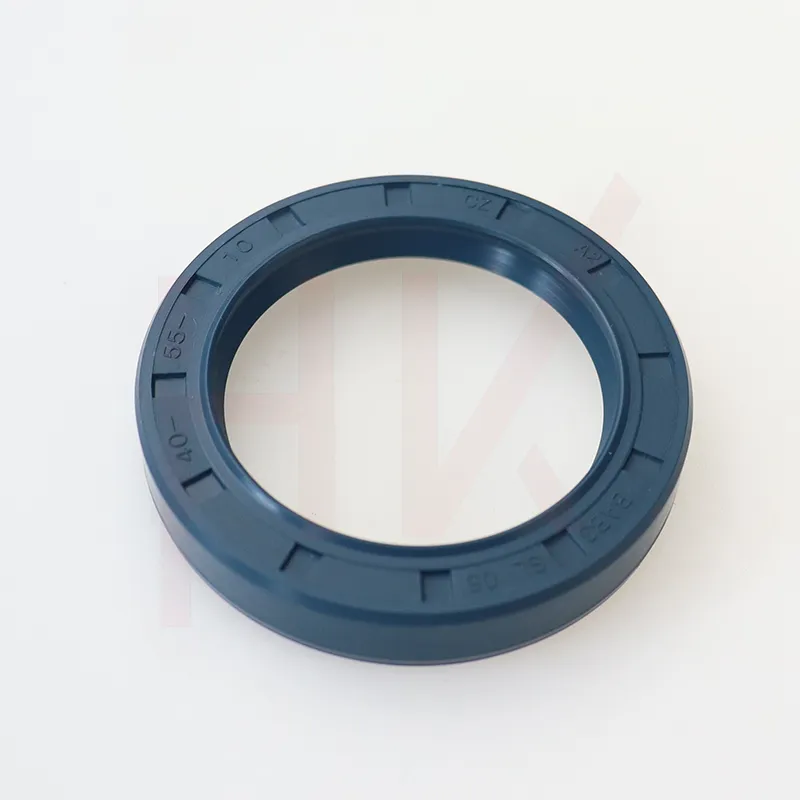Sep . 09, 2024 16:24 Back to list
Hydraulic Oil Seal Sizes - Comprehensive Guide
Understanding Hydraulic Oil Seal Sizes
Hydraulic oil seals are essential components in hydraulic systems, ensuring that hydraulic fluids remain contained while preventing leakage. Understanding the sizes and specifications of these seals is crucial for maintaining optimal system performance and longevity. This article will delve into the various factors influencing hydraulic oil seal sizes and their importance in hydraulic applications.
The Importance of Hydraulic Oil Seal Sizes
Hydraulic oil seals come in a wide range of sizes and configurations to accommodate different applications and machinery. The size of a seal directly affects its functionality; an improperly sized seal can lead to significant issues, including leaks, system inefficiencies, and even catastrophic equipment failure.
The primary dimensions that define an oil seal include the inner diameter (ID), outer diameter (OD), and thickness. These measurements ensure that the seal fits correctly within the hydraulic cylinder or housing, creating an effective barrier against fluid loss and contamination.
Factors Influencing Seal Size Selection
1. Application Requirements Different applications may require specific seal sizes depending on the operating conditions, such as pressure, temperature, and type of hydraulic fluid used. For instance, high-pressure systems may need seals designed to withstand greater force and maintain tighter tolerances.
hydraulic oil seal sizes

2. Manufacturer Specifications Equipment manufacturers often provide detailed specifications for the seals needed in their hydraulic systems. It is essential to adhere to these guidelines to maintain warranty compliance and ensure seamless operation.
3. Material Compatibility The materials used to fabricate hydraulic oil seals also play a key role in their size selection. For instance, seals made from elastomers like nitrile rubber may have different stretch characteristics compared to those made from polyurethane. Understanding the material properties can help in selecting the right size.
How to Measure Seal Sizes
When measuring hydraulic oil seal sizes, accurate measurements are critical. Using calipers, measure the inner diameter and outer diameter of the seal to the nearest millimeter. Additionally, the thickness of the seal should be recorded to ensure a proper fit. It's important to measure existing seals when replacing them, as wear and deformation can affect dimensions over time.
Conclusion
In summary, understanding hydraulic oil seal sizes is crucial for maintaining the efficiency and reliability of hydraulic systems. Properly sized seals prevent leakage, reduce contamination risks, and prolong equipment life. By considering application requirements, manufacturer specifications, and material compatibility, operators can ensure they select the right seal for their hydraulic system needs. When in doubt, consulting with a professional can provide valuable insights into the best hydraulic oil seal options tailored to specific applications.
-
Wiper Oil Seal: Our Commitment to Clean Hydraulics
NewsAug.13,2025
-
Hydraulic Oil Seal for Self Discharging Cars
NewsAug.13,2025
-
Hub Oil Seal for Agricultural Tractor Hubs
NewsAug.13,2025
-
Skeleton Oil Seal with NBR Material
NewsAug.13,2025
-
Rotary Lip Seal for High Pressure Applications
NewsAug.13,2025
-
Cylinder Seal Kits Our Legacy of Hydraulic Trust
NewsAug.13,2025
-
Unlocking the Potential of Hydraulic Systems with Essential Sealing Solutions
NewsAug.06,2025
Products categories
















